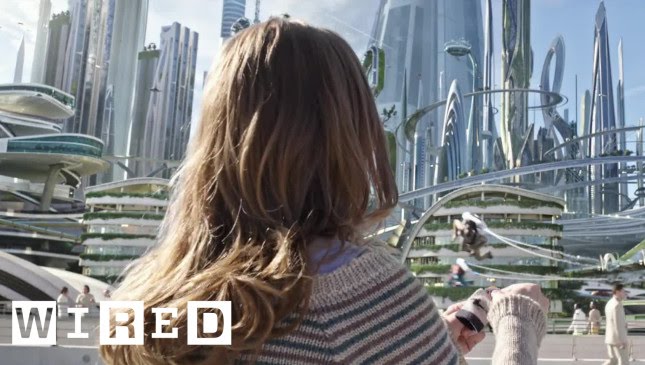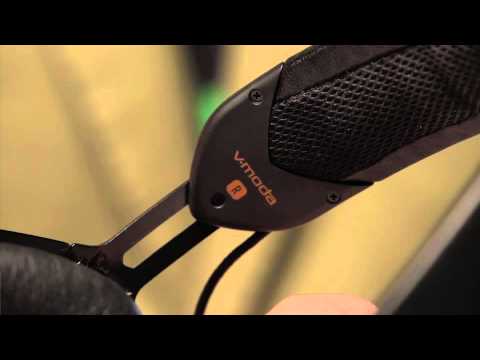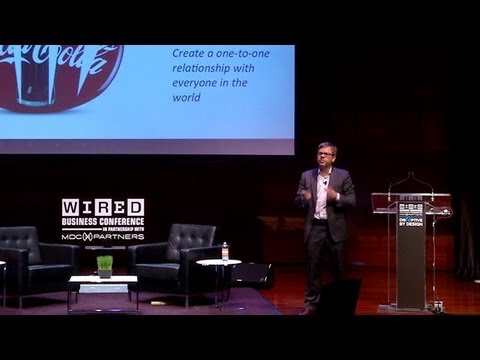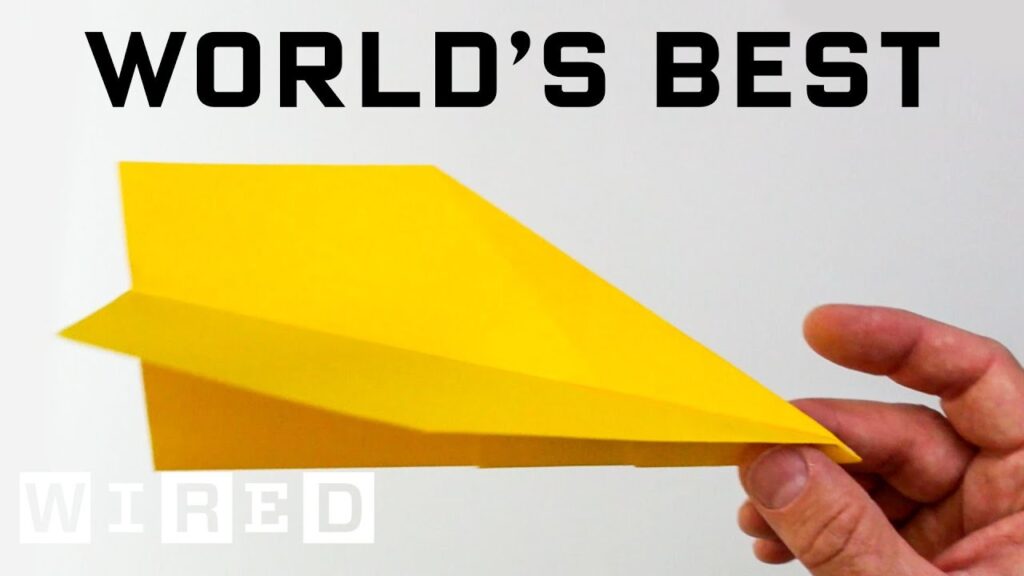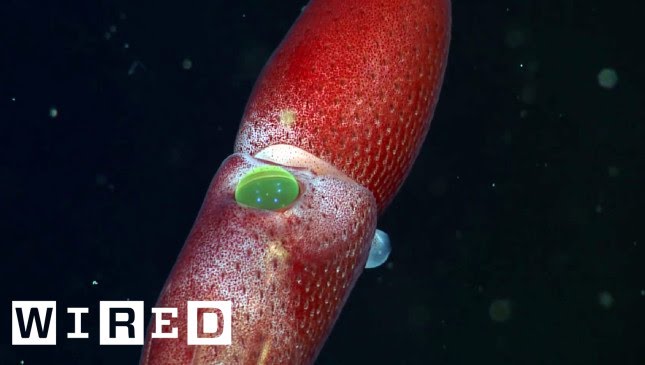Unveiling the Mysteries of Time-Lapse Cinematography in Fantastic Fungi
Summary
Louis Schwartzberg, a seasoned filmmaker, is the creative mind behind the mesmerizing time-lapse footages exhibited on Netflix’s new documentary “Fantastic Fungi.” In this Q&A session, he reveals the techniques and intricacies involved in capturing these footages. Schwartzberg created a studio atop his garage to mitigate disruptions like wind and bugs that could affect the quality of the filming. To find the perfect setting, he consults mycologists to learn about different mushrooms’ growth environments. The time-lapse process involves creating a miniature set using moss, logs, and rock, with constant lighting by a photo and grow light setup. The grow lights mimic a sunrise and sunset effect on the fungi to add an organic feel to the footages. Schwartzberg’s approach to cinematography is more of a spiritual practice that requires attention and imagination. To capture the mycelium, he incorporates scanning electron microscopy for detailed shots.
Table of Contents
- Tackling Time-Lapse Cinematography Challenges
- Creating the Ideal Mushroom Growing Environment
- Miniature Set-Up & Macro Lenses Usage
- Filming the Mycelium with Scanning Electron Microscopy
- Schwartzberg’s Ideology on Life and Nature
Tackling Time-Lapse Cinematography Challenges
As Schwartzberg reveals, the general assumption is that time-lapse shots are captured outdoors, but the reality is that many factors make outdoor filming impossible. Common challenges include random winds, bugs, and fluctuating light, all of which can ruin the footage. Therefore, Schwartzberg created a studio atop his garage to eliminate these challenges. The time-lapse process consists of shooting one frame at a time, which is triggered by an intervalometer. The intervalometer is responsible for triggering a camera, grow lights, and photo lights, which enable Schwartzberg to capture up to four seconds of footage in 24 hours. The beauty lighting setup is beneficial in giving the footage an exceptional quality look while enhancing the shots’ composition and framing.
Creating the Ideal Mushroom Growing Environment
Different mushrooms thrive in various environments, and Schwartzberg seeks the advice of mycologists in finding the perfect growing conditions. He successfully manages to grow different mushroom types by setting up “grow rooms” with constant temperature and humidity levels. Schwartzberg reveals that the Lion’s mane’s footage stands out because of the tiny tentacles that emerge, creating a wave-like pattern. To capture the footage’s organic feel, Schwartzberg incorporates a grow light setup that mimics the sunrise and sunset effects.
Miniature Set-Up & Macro Lenses Usage
The process of capturing the fungi’s time-lapse footages involves the creation of a miniature set using moss, logs, and rock. Schwartzberg incorporates macro lenses like the 100mm Canon, 180mm Canon, and 35mm micro lense to capture close-up shots. The miniature environmentally controlled set enables Schwartzberg to get a clear and precise shot of the fungi’s growth progress. Since the background is blurred, the audience gets to emphasize the focus on the fungi.
Filming the Mycelium with Scanning Electron Microscopy
The mycelium, an underground root-like system that branches out and interlinks with plants and trees, presented a challenge to capture since it’s microscopic and invisible to the human eye. Schwartzberg managed to capture it by incorporating scanning electron microscopy photography. These images served as a reference for computer-generated animators, who re-created mind-boggling footage of the mycelial networks. The microscopic, inter-tangled networks appear visually stunning.
Schwartzberg’s Ideology on Life and Nature
Schwartzberg believes in viewing life from different perspectives to appreciate its diversity, as seen in hummingbirds’ time-lapse shots. He believes that observing nature’s patterns and rhythms can help understand its intelligence and live in harmony with it. Decomposition, which marks the end of life, becomes the beginning of new life through recycling. Schwartzberg’s art seeks to capture the essence and beauty of life and time to impart wisdom on humanity to help them live in harmony with nature.
Conclusion
The Fantastic Fungi documentary displays an exceptional level of mastery in time-lapse cinematography. Schwartzberg’s ability to capture hidden gems within the miniature world of fungi is highly commendable. His studio’s set-up and incorporation of grow lights for a natural feel to the lighting is ingenious. Through this Q&A session, we acquire insight into the process involved in capturing these shots, which will undoubtedly leave audiences mesmerized. Schwartzberg’s deft-touch on the intersection between nature and time underscores his quest for a sustainable approach to life. His works serve as a reflection and tribute to the marvel that is life itself.
